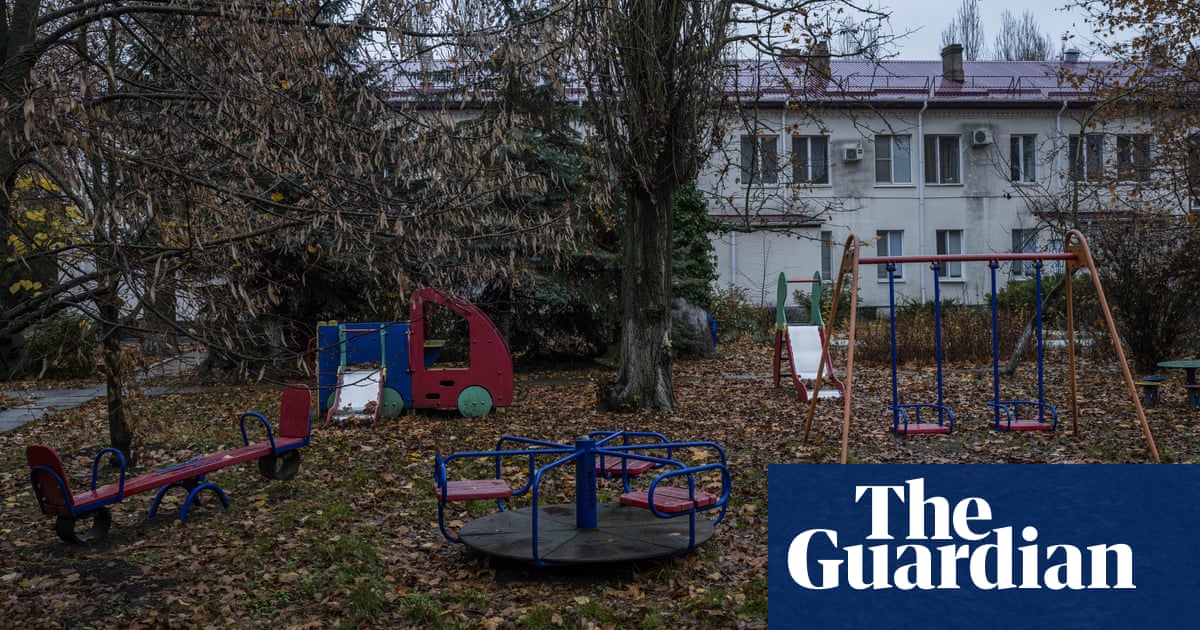
The meaning of life? Famously 42, according to a supercomputer asked “the ultimate question of life, the universe and everything” in Douglas Adams’s The Hitchhiker’s Guide to the Galaxy. But what’s the shape of life? A “U”. It appears our self-reported happiness or wellbeing is highest as children and older adults, with a massive slump in middle age. That slump goes on getting worse from age 30 until our late 50s, so calling it a midlife crisis is way too optimistic.
I shared Britain’s U-shaped happiness curve on social media last week, prompting a lot of responses – not just from traumatised 35-year-olds realising they’ve got two decades of this ahead. Many suggestions for what might be driving the U-shaped pattern were country specific – pointing out that older adults are the lucky ones with houses and defined benefit pensions.
But research suggests we need to look beyond these kinds of explanations. An article published in 2020 by David Blanchflower looked across almost 150 advanced and developing countries and found the same U shape, concluding: “The happiness curve seems to be everywhere.” Now what midlife generally does involve everywhere is work – and I’ve heard rumours that being a wage slave isn’t always fun. But can we place all the blame on capitalism or modern societies?
A 2012 study, which also found a U-shaped happiness curve, suggests not. Why? Because it found the same phenomenon existed among 508 great apes (specifically two sets of chimpanzees and one of orangutans whose happiness was rated by human observers). Maybe the U is even more hard-wired into us than capitalism. In that case, what comfort can we offer the middle-aged? There’s more to life than happiness.
Torsten Bell is chief executive of the Resolution Foundation and author of the forthcoming book Great Britain? How to Get Our Future Back












